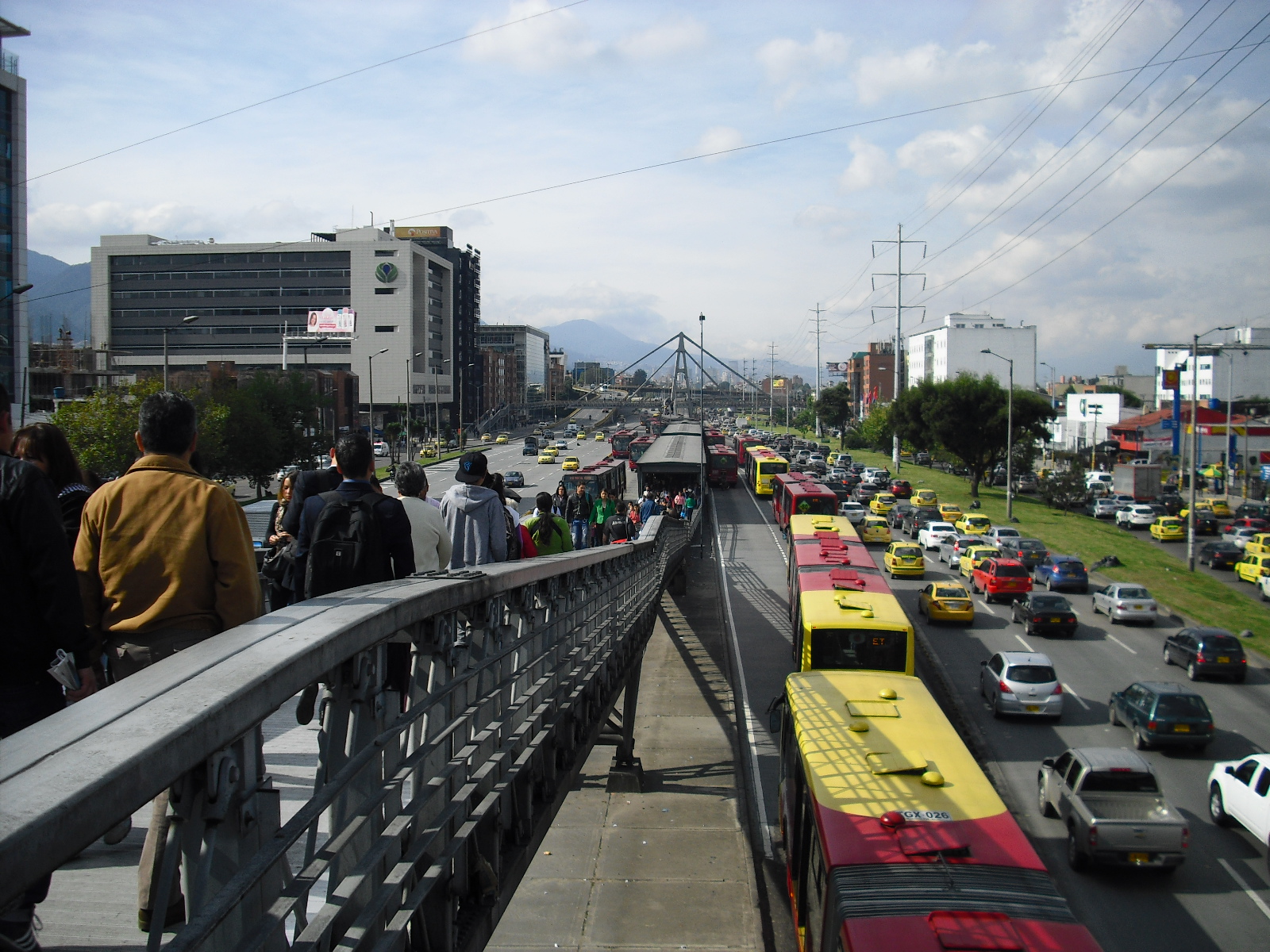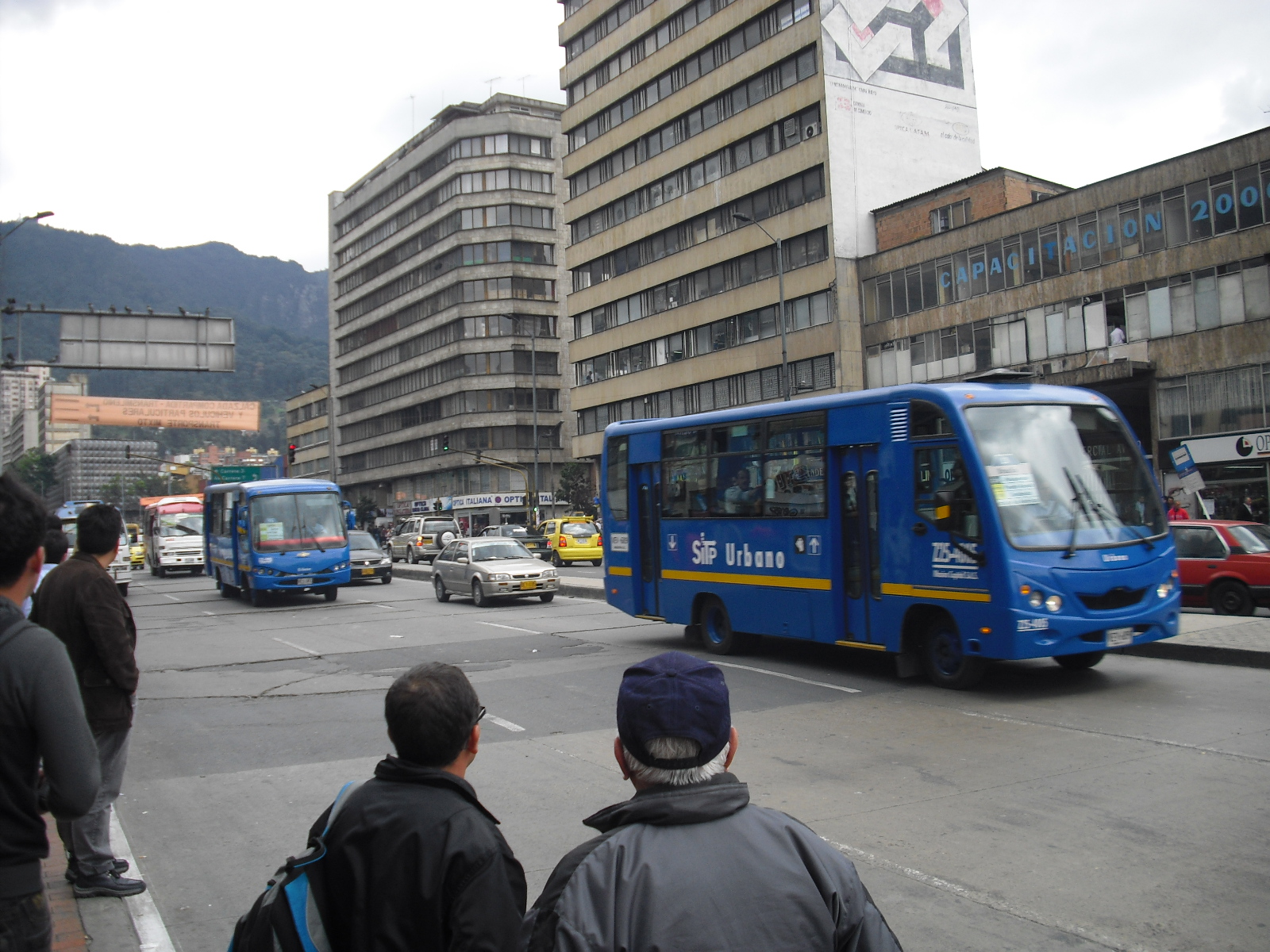Ingresa o regístrate acá para seguir este blog.
@radiobrendan
“In Colombia, we’re more concerned with the idea and not so much with the execution. Additionally, time management is messy here.”
The above sentiments aren’t mine. Rather they are that of a Bogotá native now living and working in the U.S.A. In so many ways they ring true in this land.
Let’s start with a somewhat positive outlook. There certainly seems to exist a strong work ethic among the Colombian populace – from a Bogotá context in any case. Or a strong desire to get to work at least. All you have to do is try and squeeze yourself onto a city bus or the (much-maligned) Transmilenio from 5 am onwards each weekday to see that most city residents are not slouches when it comes to early rising. Plus, it’s not a case of early to work, early home. Many won’t commence the return journey until at least 12 hours later, if not more. Slaves to their work or workaholics? Well yes and no.
Coming back to our opening quote, a lot of it is down to time management (or lack of management) and methodology coupled with, to put it mildly, a less than clinical execution, manifested in so many interlocking areas across the metropolis.
On the hours that many actually spend at work here, how productive they are with that time is open to much debate. Very often the answer is in the results; they’re usually not jaw-dropping. It comes down to that difference between being at work and actually doing work. Many Colombian employers prefer to see their staff staying late at the office or wherever, having the ‘look of work’ about them, even if it is to the detriment of productivity. It’s linked in with the inherent lack of trust that people here have in one another.
Now another reason why many may willingly stay late at work, especially those who face a public transport commute, is to avoid going home at peak times. The aforementioned Transmilenio is something I touched on some time back, however few will argue that the system has got progressively worse as it has expanded. Not only is it severely under-capacity, but the behaviour of its users has deteriorated to sub-animal level compared to the last time I wrote about this.
Outside of more buses, station layout, with a special focus on the manner in which people enter and exit the carriages, is something that needs to be seriously addressed. Yet any new stations built are designed in the same way as the flawed current system.
On top of this, the state of the route corridors is generally shocking; buses often have to slow to a crawl to manoeuvre their way around massive potholes and uneven surfaces. An excuse given for the latter problem is that Bogotá is built on a swamp, thus maintaining smooth roadways is difficult. Well, it’s not the first city in the world to have to overcome such natural inconveniences. One thing that would help is for authorities not to give such work to cowboy construction companies, where the bottom line is lining one’s own pocket.
You’ve also a question of focus. With the Transmilenio practically on its knees, the powers-that-be have decided making WiFi available in a number of stations a priority. Well, perhaps it’s a way to pacify the masses as they hang around like cattle waiting, typically in vain, to cram onto the next bus.
Then you have the ‘integrated’ public transport system, or SITP, which has been ‘rolling out’ gradually since late 2012. The idea is that it’s meant to replace the myriad of private bus operators currently bringing the majority of the city’s populace to and from their place of work. One of the problems with it, however, is that it’s not really integrated. For starters, the card you need to use the SITP buses is not compatible with most of the Transmilenio services. This is down to the fact that they have different operators.
What’s more, the SITP buses themselves are also operated by different companies, depending on which part of the city they serve. Have we lost something in translation between the Spanish ‘integrado’ and the English ‘integrated’? Alongside all that, deciphering where each route goes seems overly and unnecessarily confusing. It’s the busetas/colectivos for me still.
Taking all this ‘on board’ so to put it, as a friend opined about the transport system in Bogotá, “it’s a microcosm of Colombian life in general; not a bad idea in theory, but how it’s put into operation is, to say the least, incomplete.”
It’s not that people aren’t aware of the problems; it’s just the attempted solutions tend to be ill-thought out. Spend some more time at the planning stage – or indeed just try a bit of planning at all – and who knows what could happen? Probably not a lot though.
‘Like’ Wrong Way Corrigan on Facebook.





The Ugly truth unfortunately…
- Me gusta
0
- No me gusta
0
ReportarCalifica: